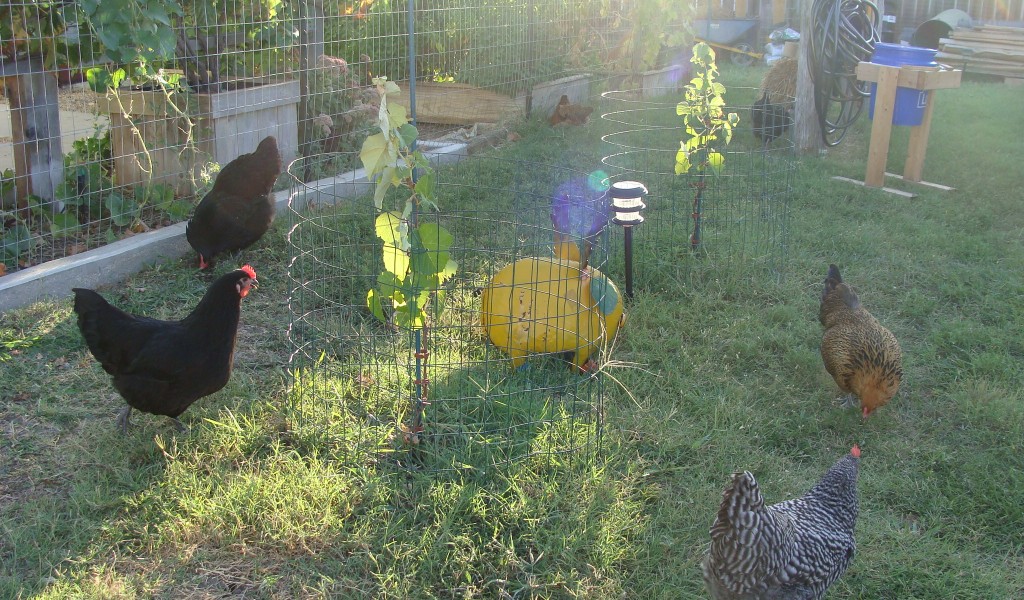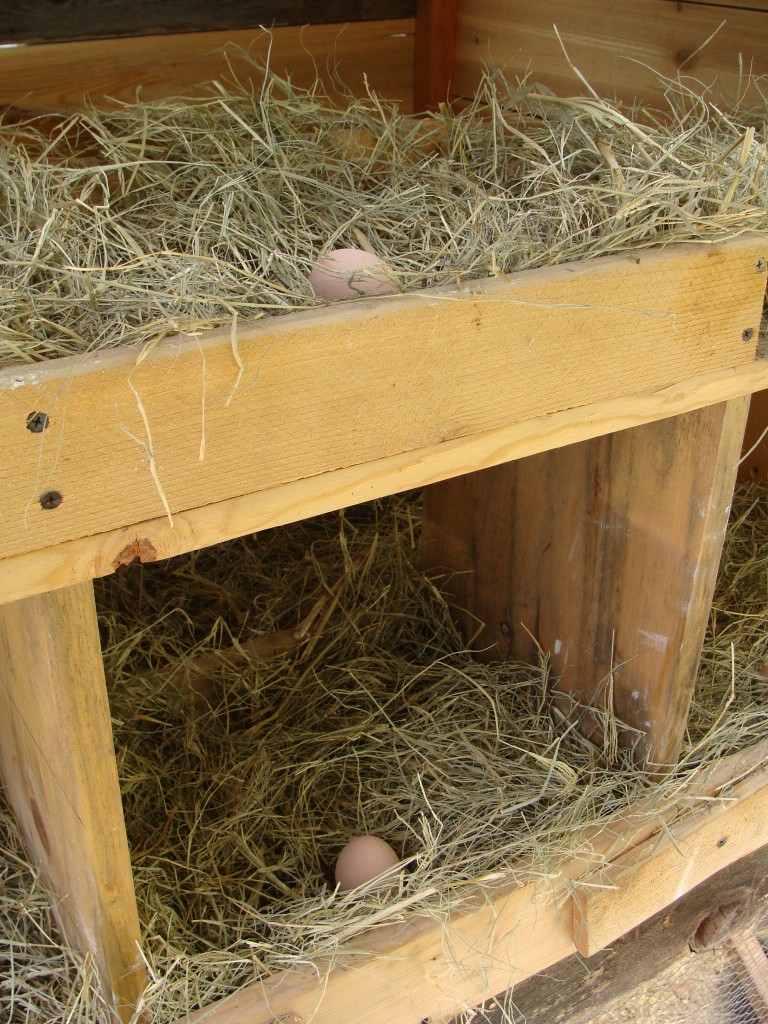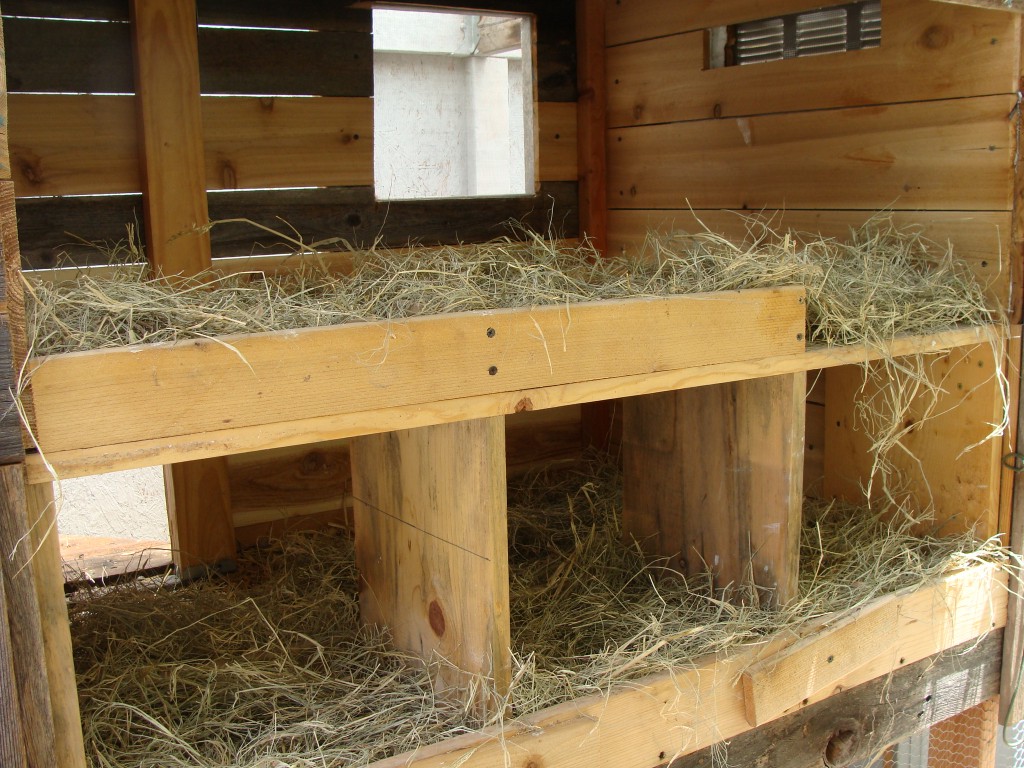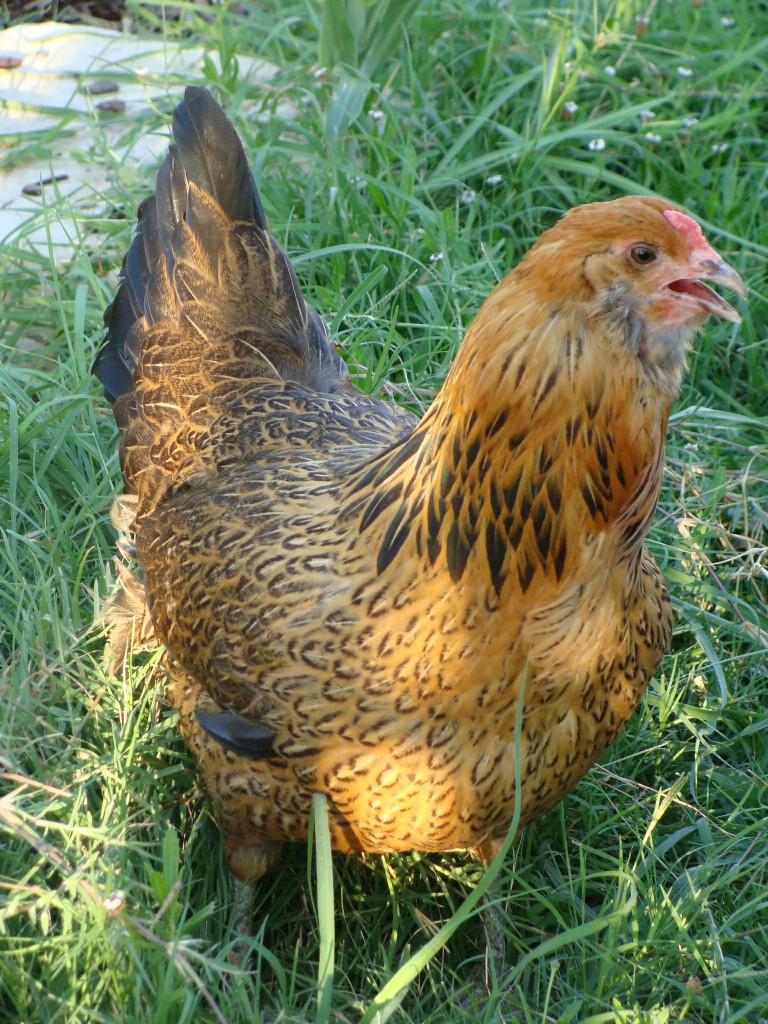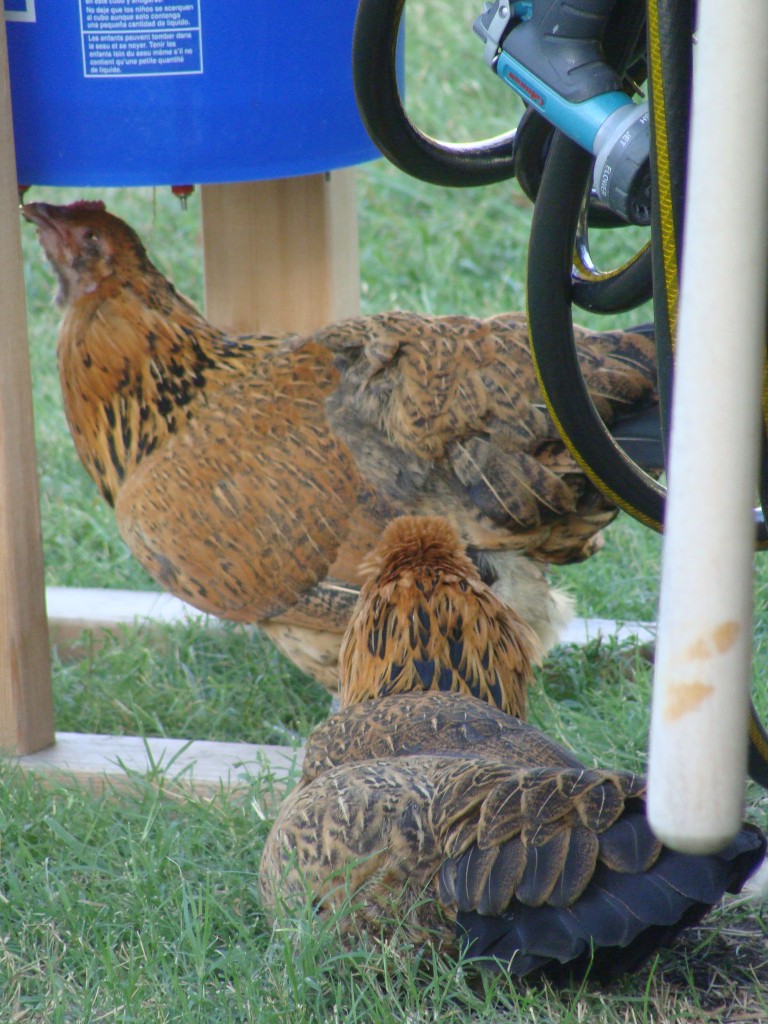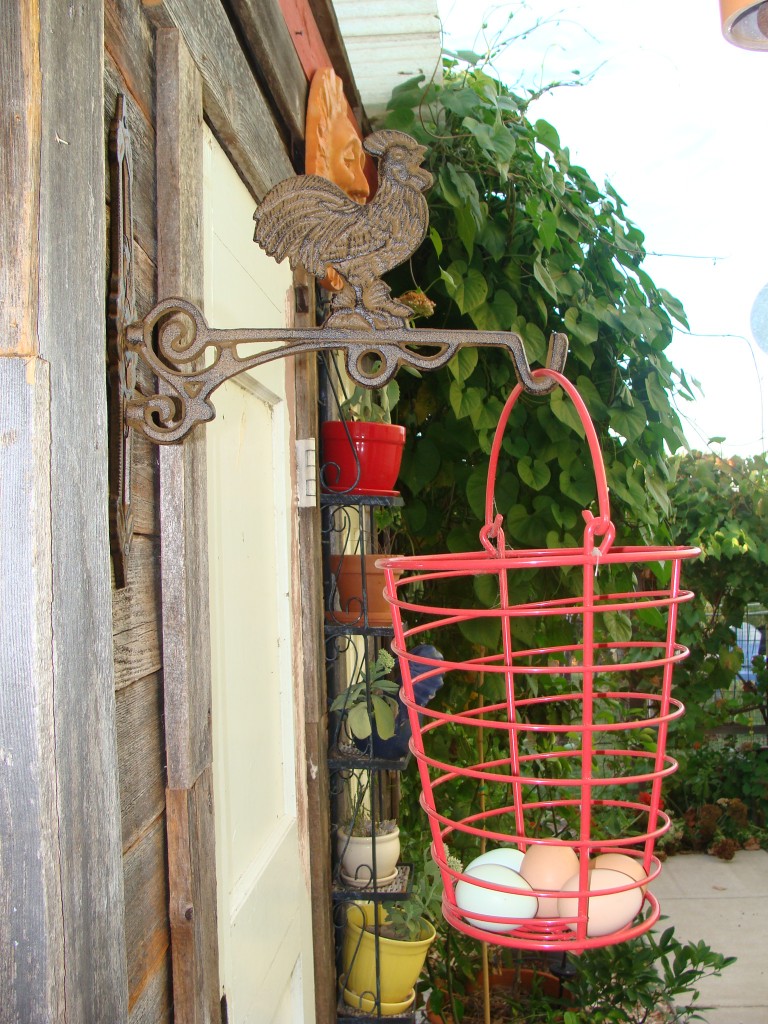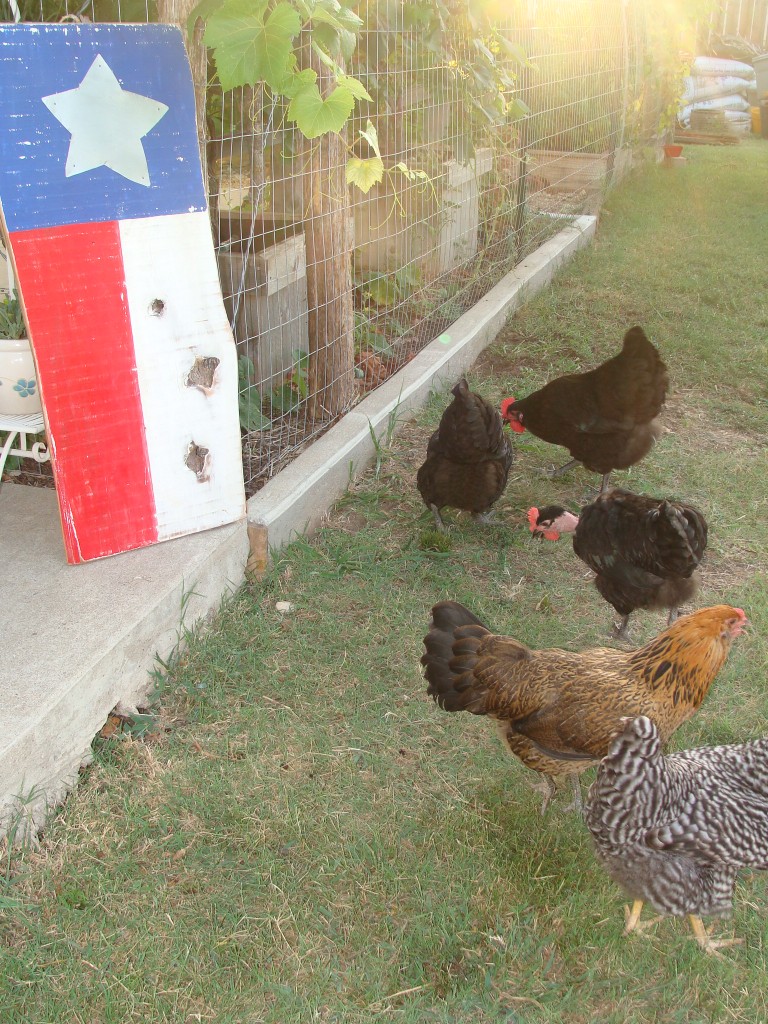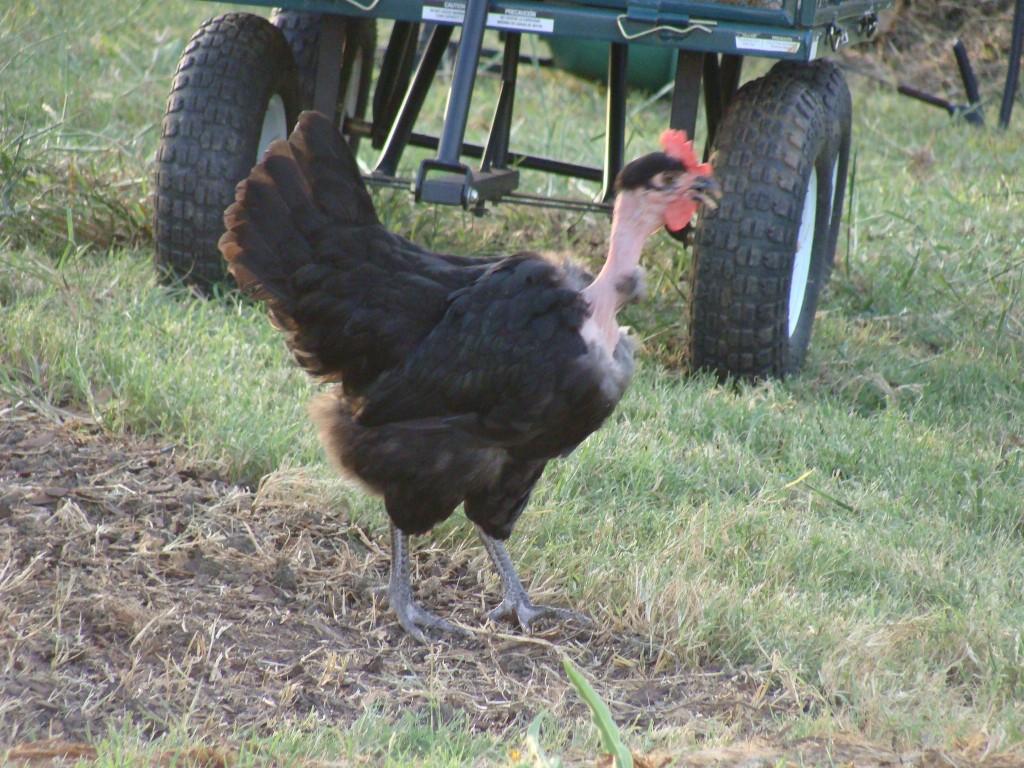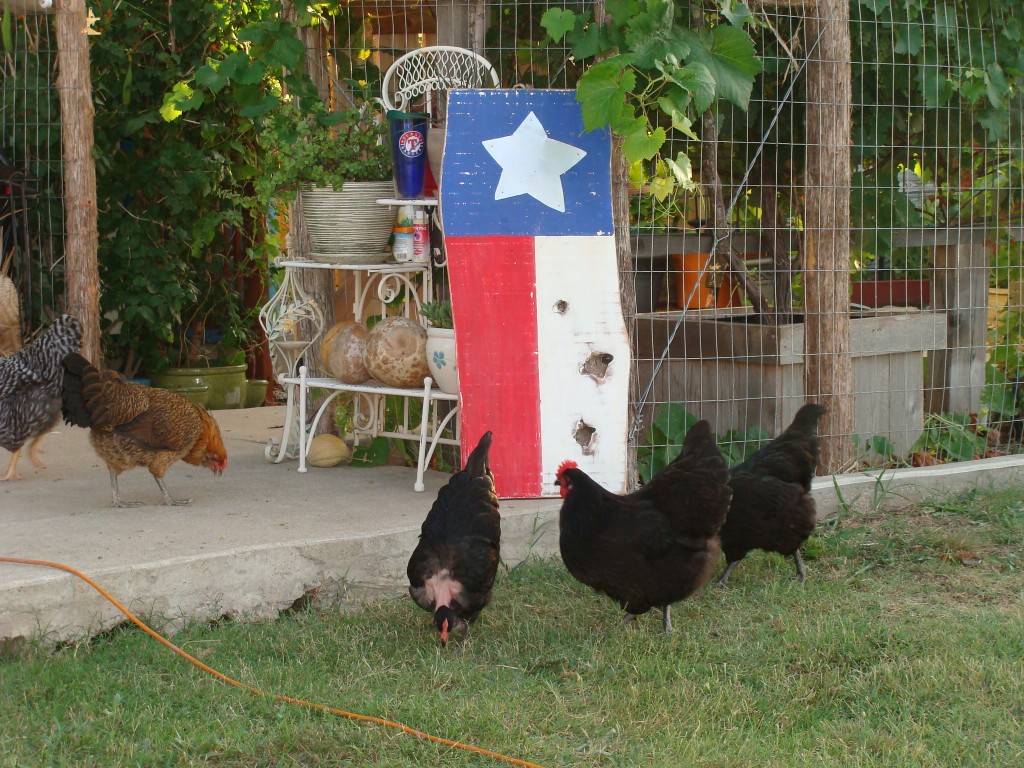Upright Chicken Coop
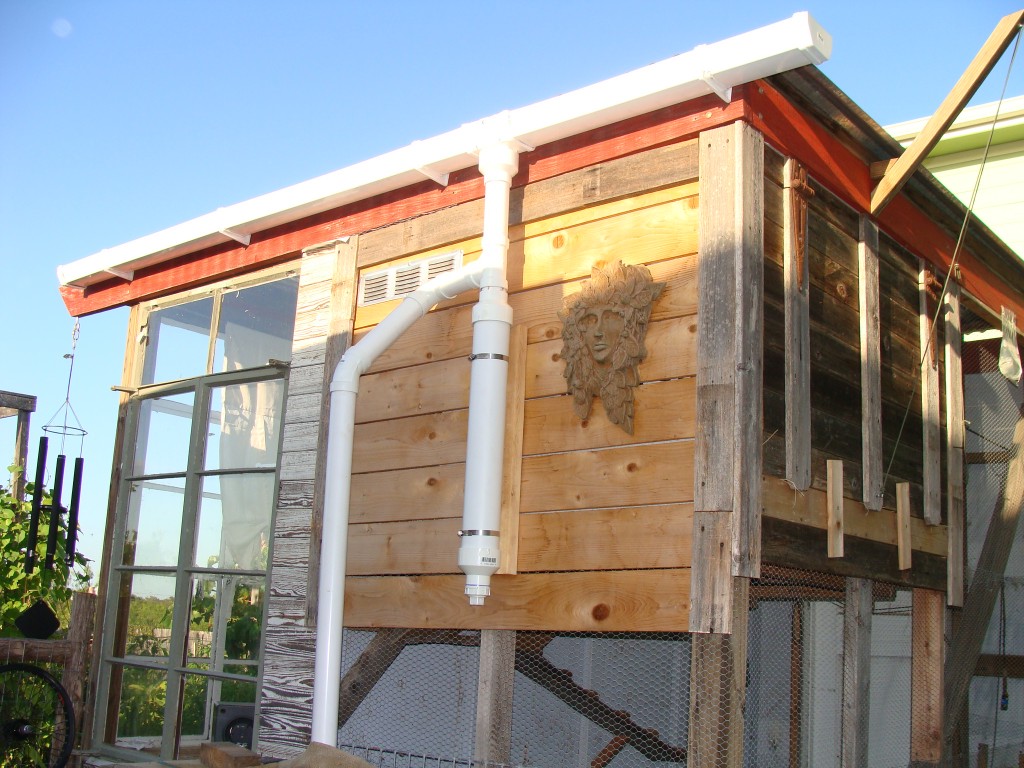
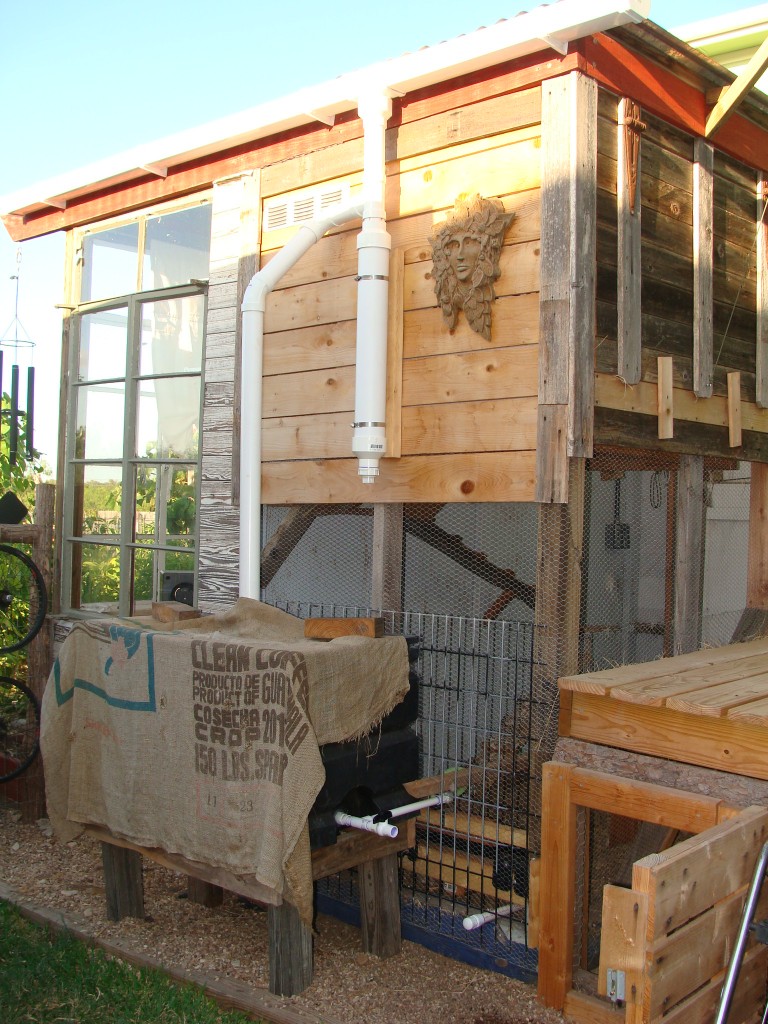
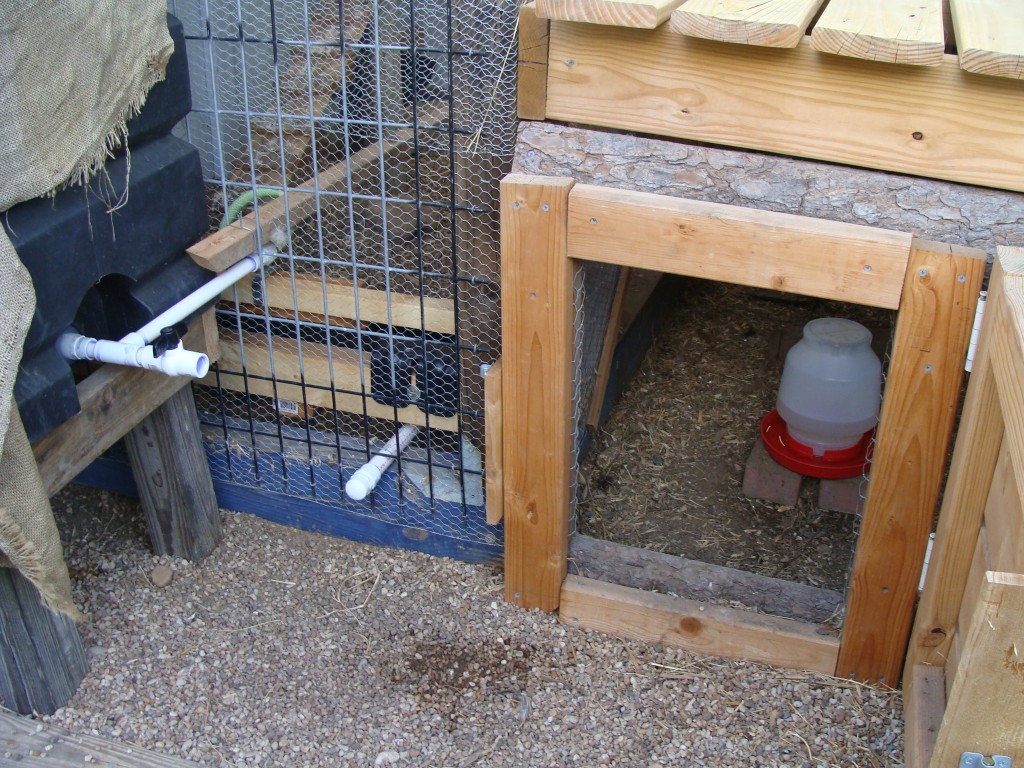
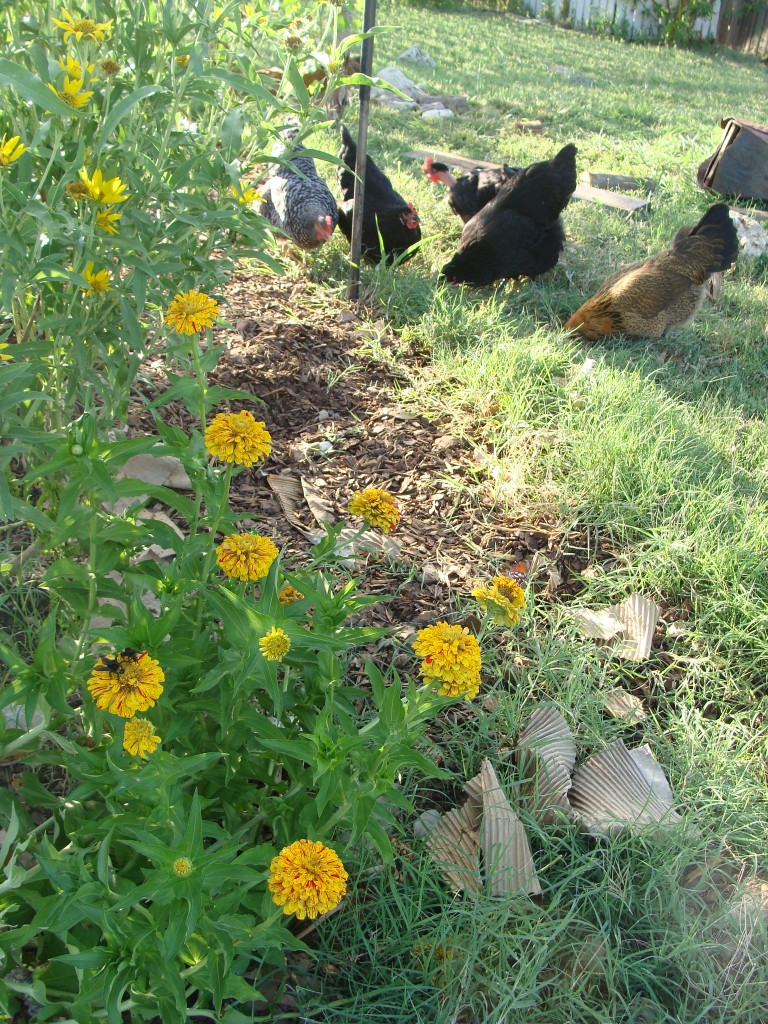
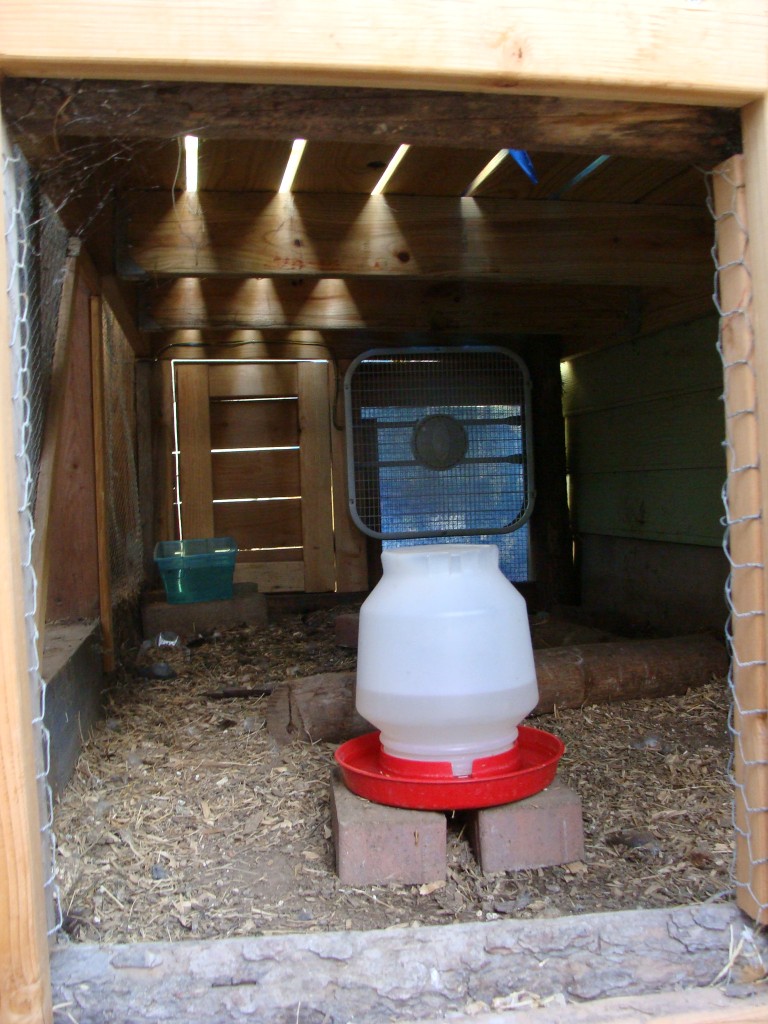

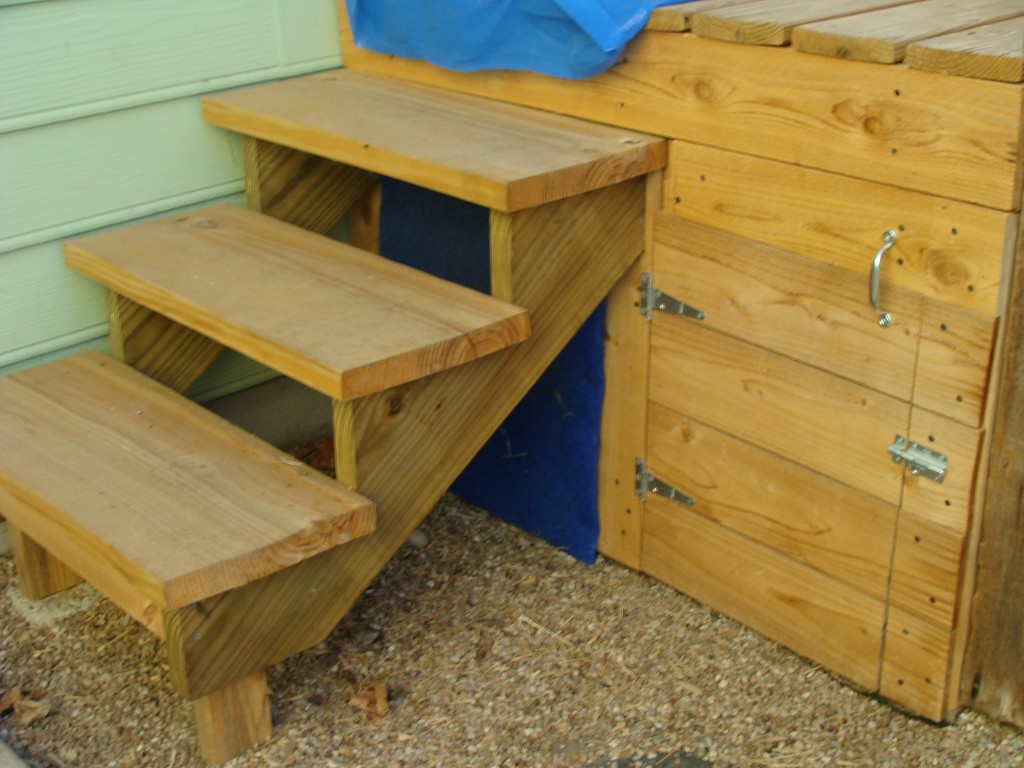

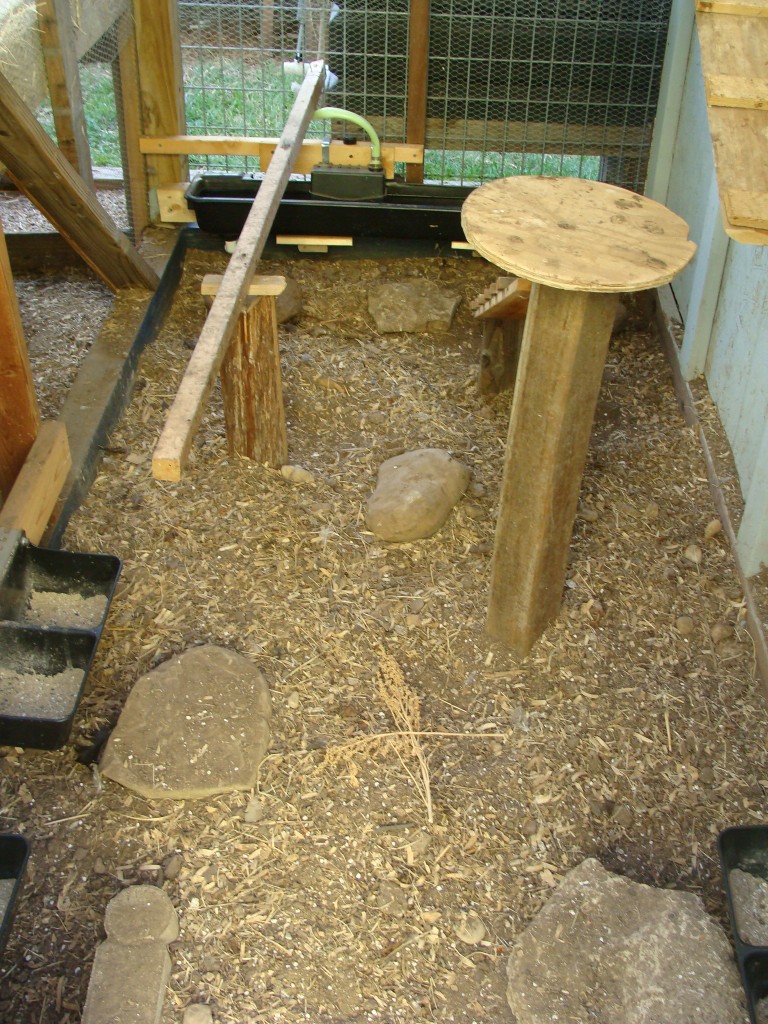
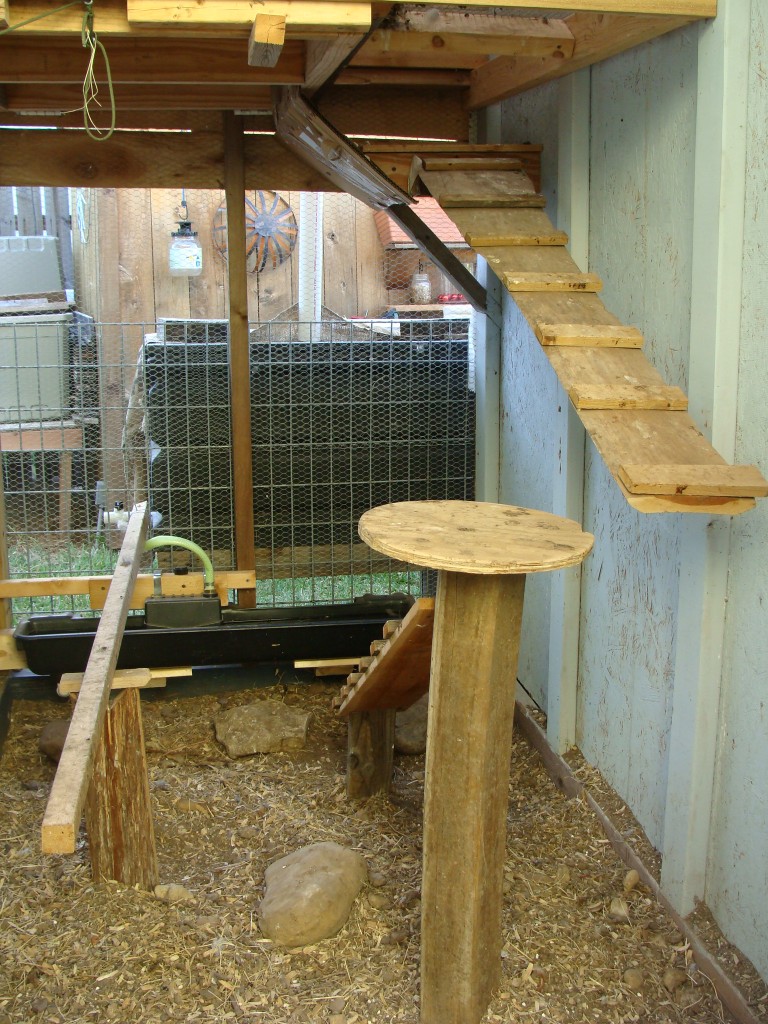
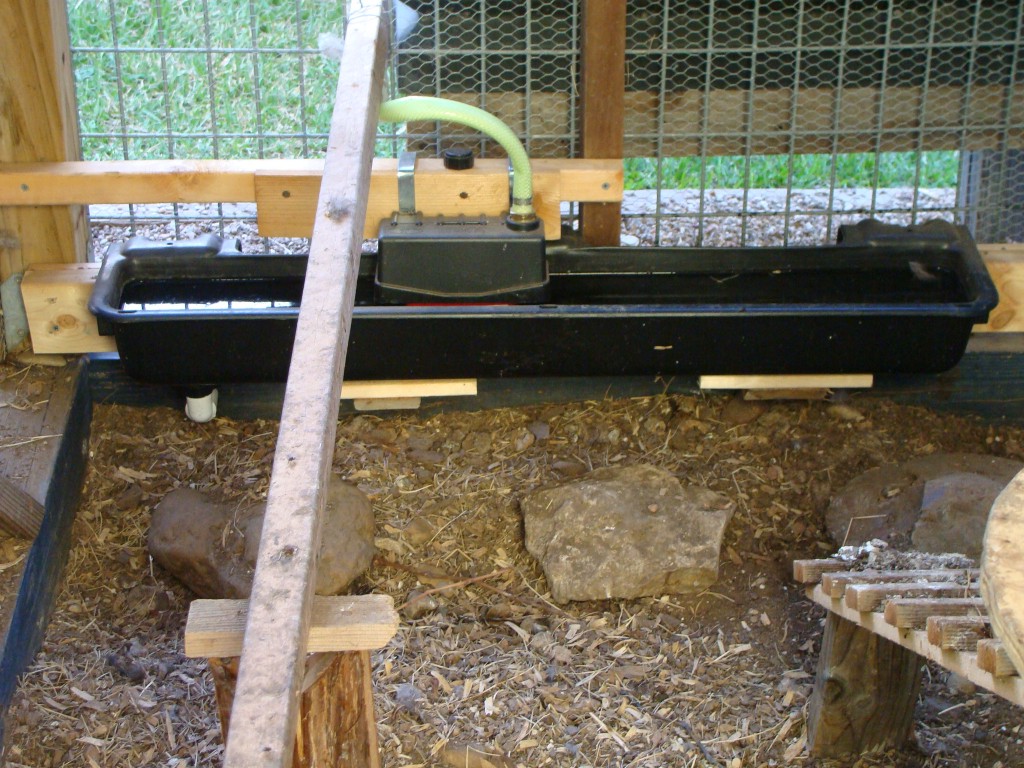

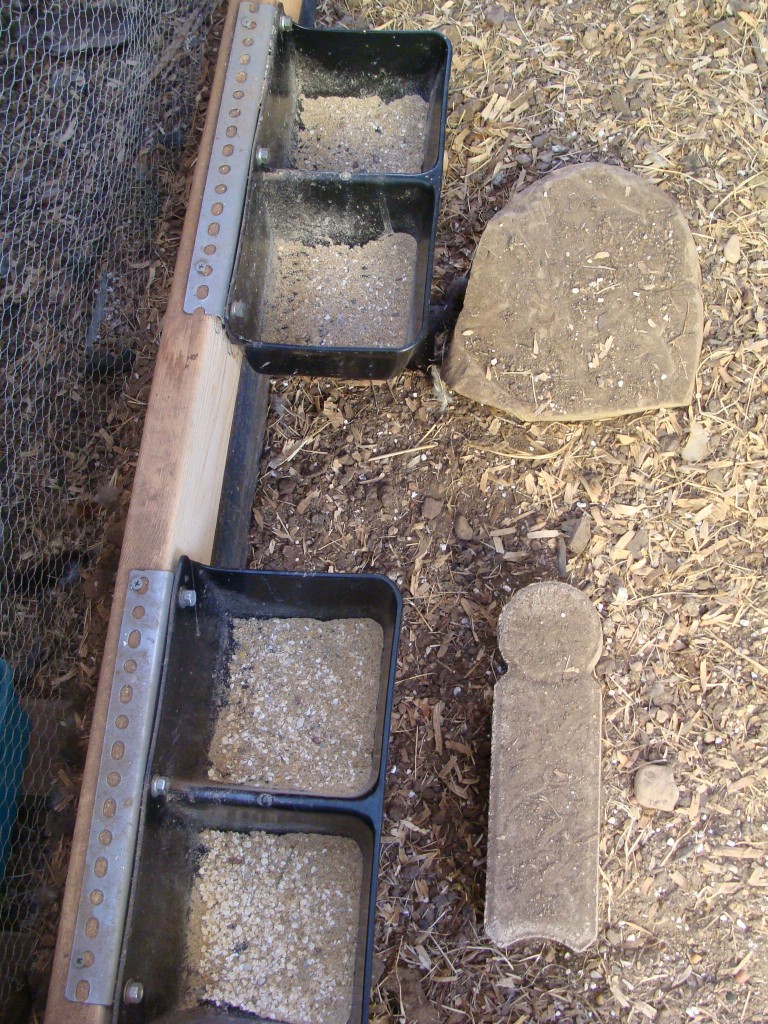
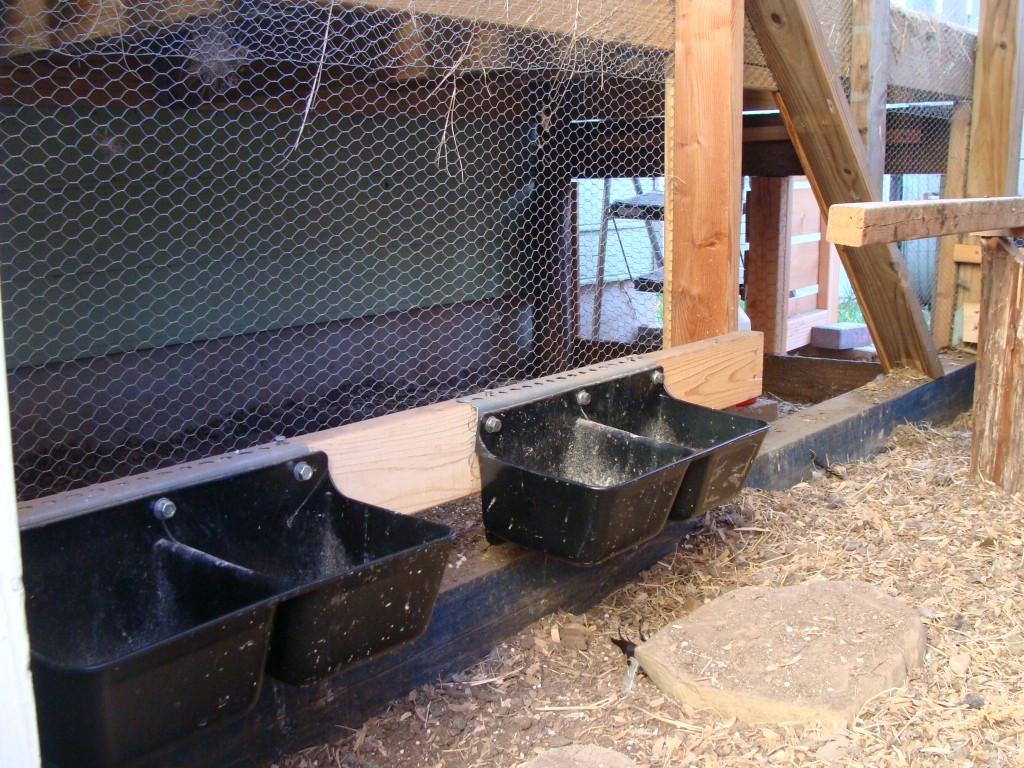
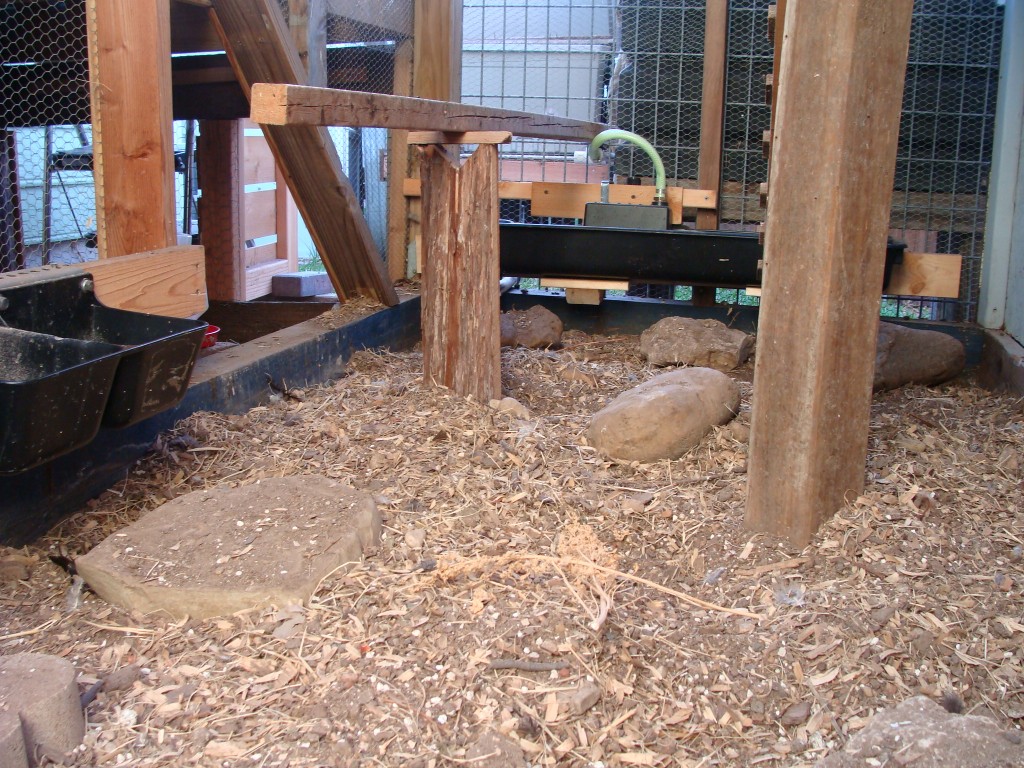
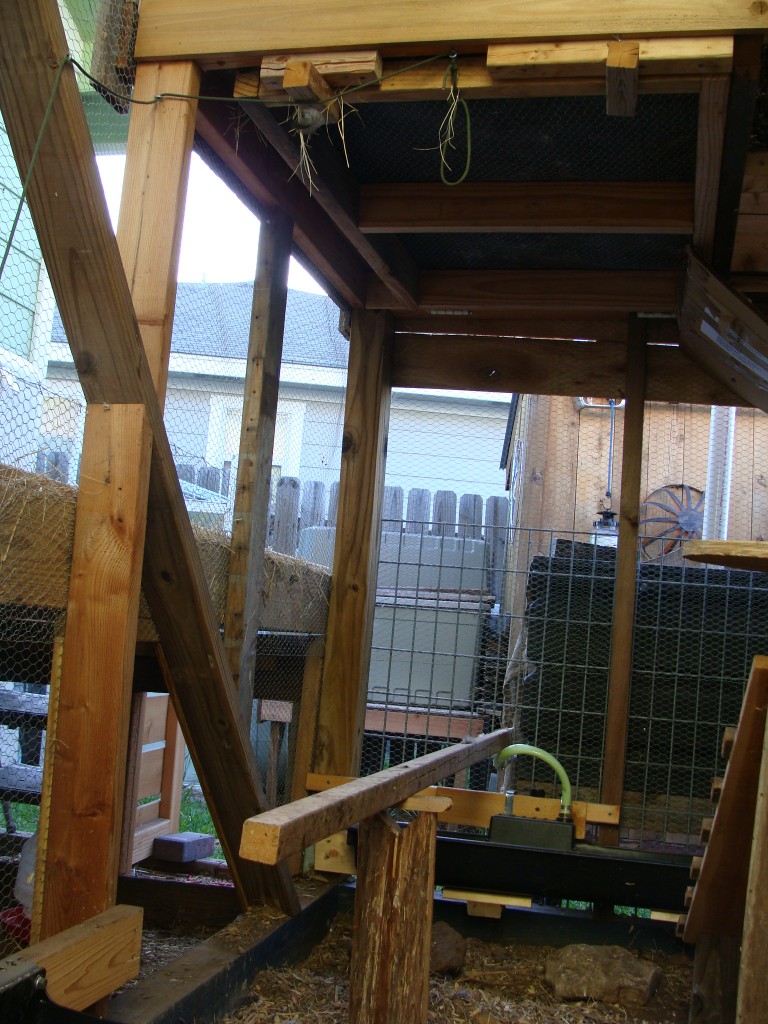
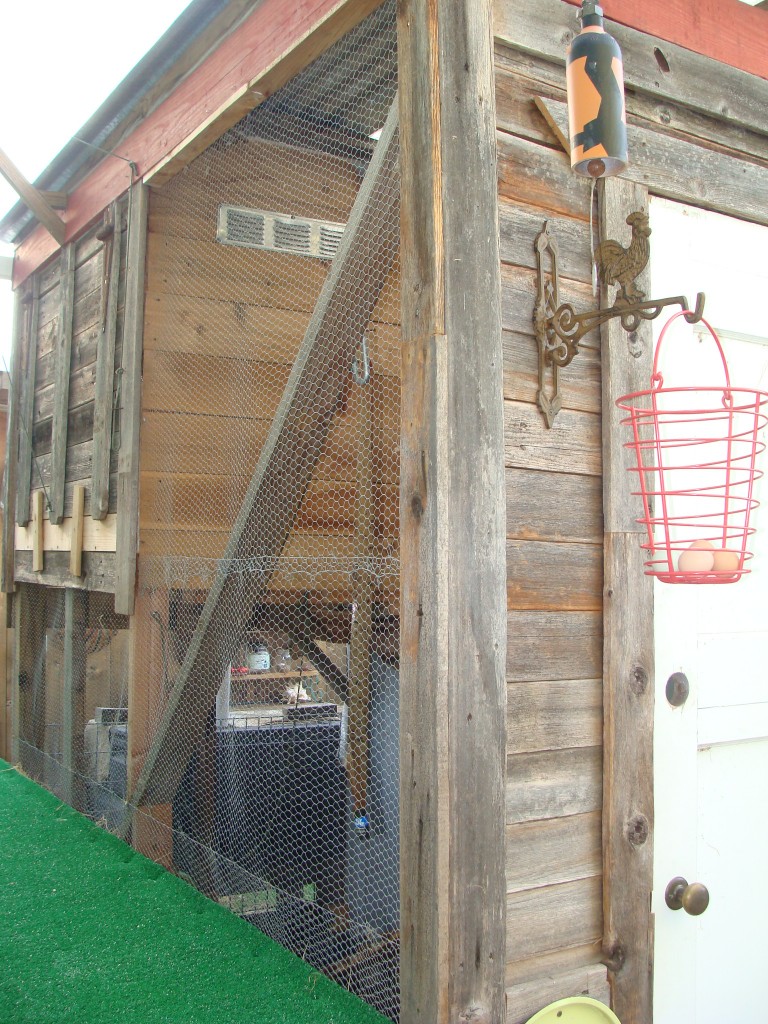

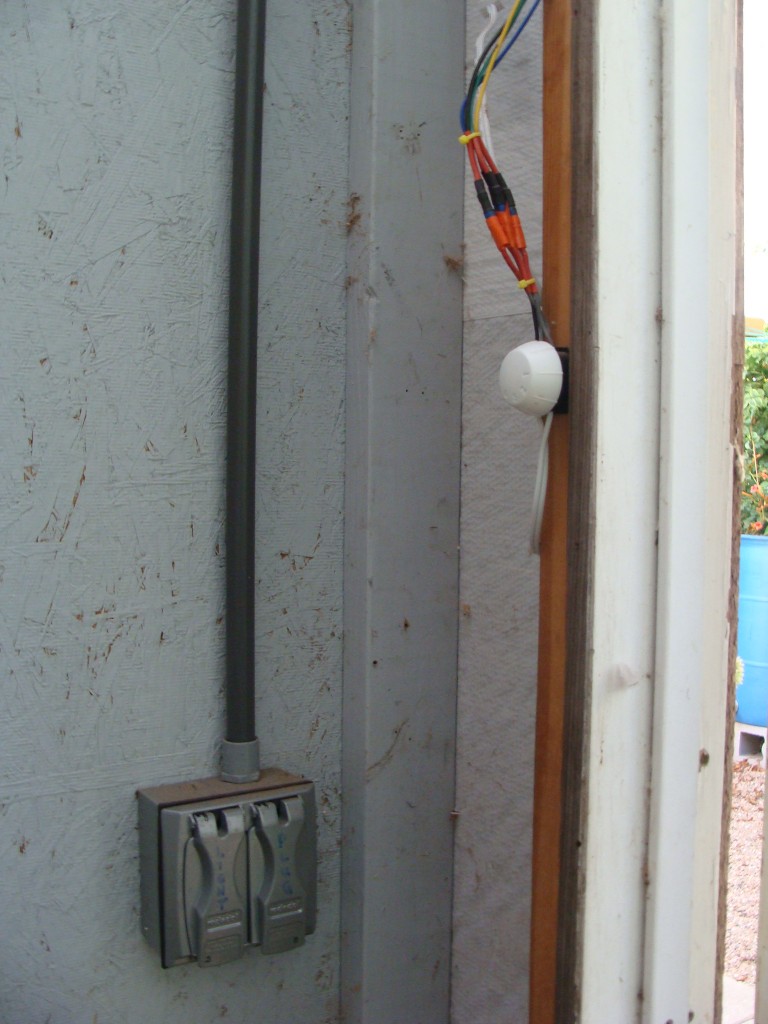 There are a couple pictures below of the original chicken coop that Davin created. Since then he’s done multiple upgrades, shifts, changes, and remodels. Hopefully next time around we will have had enough experience building the first coop to know how we want to do it with a clean slate. Sept 2014
There are a couple pictures below of the original chicken coop that Davin created. Since then he’s done multiple upgrades, shifts, changes, and remodels. Hopefully next time around we will have had enough experience building the first coop to know how we want to do it with a clean slate. Sept 2014
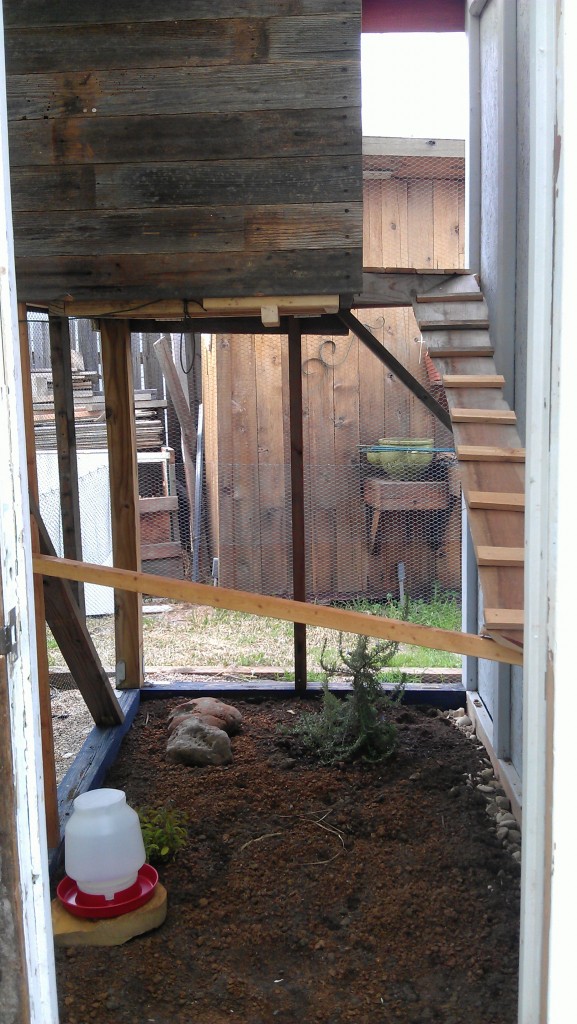
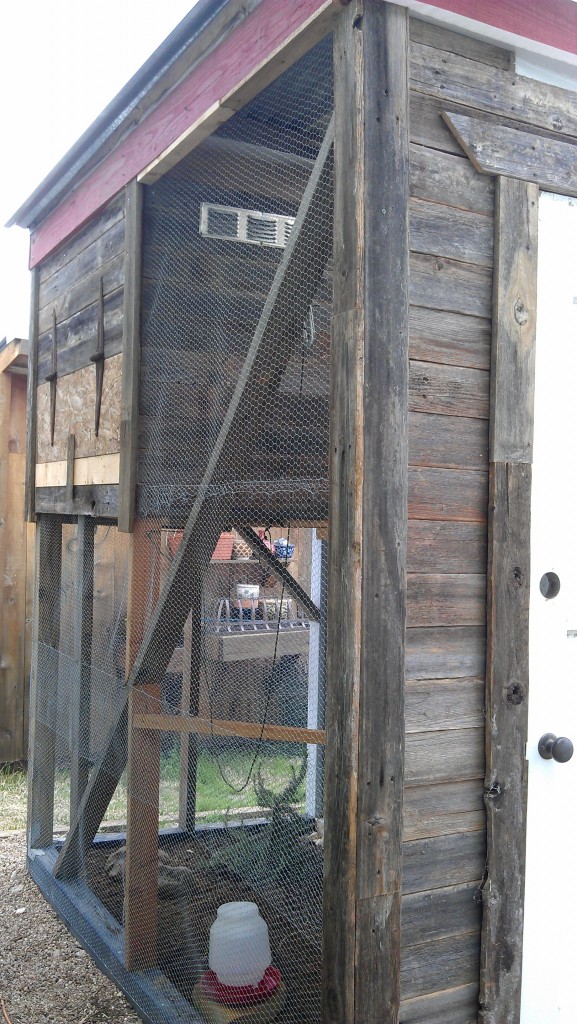
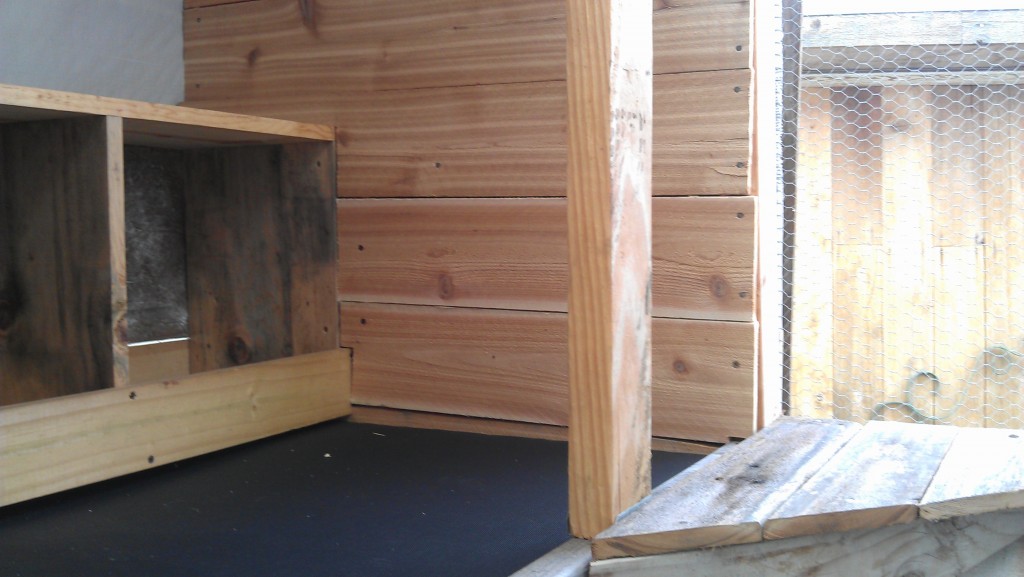 More Changes to the nesting boxes…
More Changes to the nesting boxes…
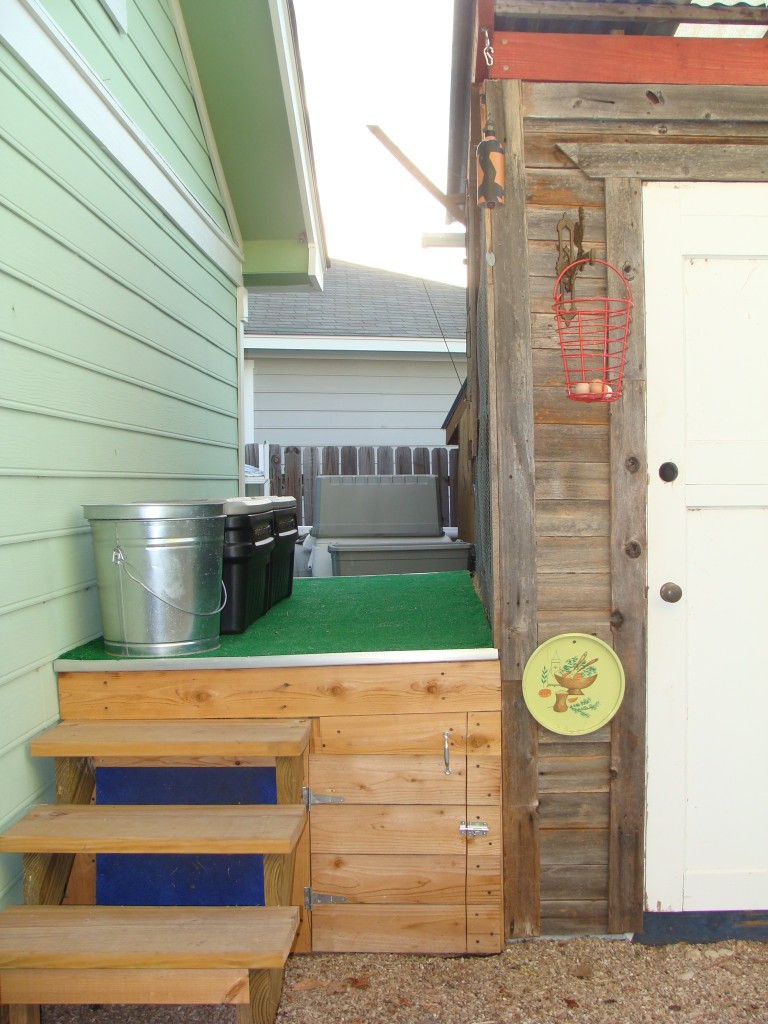 OH CHICKENS!
OH CHICKENS!
In the Beginning(Spring 2014): We received our 10 pullet organically raised chickens from a place in place in Sealy, Texas in March 2014. We did some barter and trading and were able to get them(10-8 wk old pullets) for under $100 including probiotic supplies. Big mistake though, because we lost 60% of the flock within 8 months for different reasons. I’m convinced it’s because of where we got them from, even if the operation claims to have “never lost a chicken” which is unlikely.
AFTER the fact(Fall 2014): Second time around we will buy chicks. We thought it would be easier to start with pullets. But economically it is much cheaper to start with chicks or hatch your own. They also will become more resistant to diseases if you raise them as chicks in your habitat.
In the Beginning:
We are pleased to tell you we started with:
-
2 Ameraucanas(Easter egg layers-blue)
-
4 Naked Neck(2 black, 2 golden-large brown eggs)
-
2 Australorps(brown eggs)
-
2 Plymouth Barred Rocks(brown eggs)
AFTER the fact: 1 Black Naked Neck, 2 Ameraucanas, 2 Australorps, 1 Plymouth Barred Rocks
In the Beginning: We choose those varieties based on a few reasons. They are great foragers, dual breeds(great for egg laying and meat production), some are more heat tolerant and more resistant to disease(Naked Neck), relatively quiet, produce well, friendly. That being said, I know that each bird is unique. We had some pecking order issues after the first few days with one of the Naked Necks getting pecked in the tail but got right on it and used Peck-Me-Not that we got from TSC which helped right away. They are 9 weeks old; we got them at 8 weeks. They shouldn’t start laying for at least a couple more months. We also got some of the chicken compost with the chicken to transport into their current habitat to reduce environmental concerns, and promote health(that’s what we were told).
AFTER the fact: We wouldn’t do this again and don’t think that it was advantageous at all to bring compost from their beginning coop into ours. Whatever diseases were in the compost were transported into our brand new never been used coop. Although the birds were vaccinated they would automatically bring any disease they had with them. Starting with chicks will help alleviate this issue.
In the Beginning: We spray the coop with probiotics every 1-3 days. The use of probiotics encourages a healthier life for the chickens and the environment they live in.
AFTER the fact: I believe this may not be as necessary for very small flocks. This was a way of life and practice for where we purchased the pullets from which leads me to believe that they have other problems which is why they do it. This allows her to have an extremely successful chicken farm with nearly no casualties (so we’re told). Healthy and humane homesteaders have raised chickens for ages with no chemicals and probiotic sprays and have been very successful with maintaining a healthy flock. It’s possible to not spray all the time and still maintain a coop with good compost texture and moisture. However Chrysal probiotics are powerful healthy aides to help keep any environment in the clear. They are the leading choice for maintaining a nontoxic germ free atmosphere at hospitals and other businesses in Europe. But we haven’t used them for along time and our chickens’ environment is much better, I think, because we haven’t had any casualties since we stopped spraying every day or so. I do spray the coop after cleaning it up a bit.
In the Beginning: Davin finished the pin just in time and built a tractor for them while they free range in the yard. We’ve been able to feed them yellow clover(actually is bur clover) which they love.
After the fact: Our non certified organic chickens diet consists of:
-
local organic pullet developer and non soy laying feed from Coyote Creek Farms
-
filtered rainwater, that is fortified with natural electrolytes, beneficial for heat stress
-
fresh organic greens, marigold flowers, herbs, beneficial weeds from our gardens, they love Melissa (lemon balm) and sunflowers!
- fruit and other food scraps
-
bugs
-
oyster shells
- a compost pile that they can scratch in on a regular basis with compostable items placed in it
-
pastured access in the back yard, what free range should actually be(unregulated by the USDA means that “free range” just translates to, fresh air, or an open window, or uncaged environment but they don’t necessarily have access to the outside, so those “free range eggs” that you buy are better for you if they say pasture-raised, which means that they have access to grassland areas and pastures where they can roam outside.
-
probiotics
-
electrolytes added to the water to reduce heat stress but not necessary if chickens drink rainwater as their main water source
-
vinegar added to the water to encourage drinking and also to balance digestive tract occasionally
- molasses and water mixture for worm flush as needed
In the Beginning: I go out every day in search for bugs for them for protein when they aren’t free ranging. They play football with junebugs, love the aphids on my brussel sprouts, fight over the grubs and pill bugs are like popcorn. I can’t fathom sharing the earthworms with them unless they get them while foraging, and I hope they do. Unless we start our vermiculture farm and then there will be plenty for them to eat.
After the Fact: Davin usually is the one to selectively find bugs for the girls to eat. He will catch grasshoppers and watch the ladies snatch them out of his hand and scuffle over it. Always a good chuckle. I do not go out on a bug hunt every day but if I find one worthy of the ladies tastebuds I can’t resist the plunge. They are grasshopper slayers all on their own however.
In the Beginning: We converted our first raised garden bed into a small chicken coop and functional greenhouse, with electricity on both sides. We were able to score some old steel windows that have been the perfect addition to the half side that’s a greenhouse. We will use this space to do seed starts, some winter hydroponics, and drying herbs. We may also keep wintered plants in here but since the space is small we want it to be functional. We added a door, ceiling fan and one electrical outlet. We have added 2 repurposed windows that we scored at Habitat for Humanity for $100. We think you’ll love them as much as we do when you see them! We need to have them refinished, a couple of the panels were cracked but nothing broke until after it was installed and a board fell into one. I’ve painted the inside with leftover outdoor paint in ‘Guacamole’ from the paint we used on our soffits when we had our home repainted last spring. We have removed the majority of the quality dirt from the garden bed and used some of our excess pea gravel that we’ve been storing in a pallet bin we made.
The chicken coop side has enough boxes for a lot of chickens since we read that they need one nest per 5 birds. We have 5 nests and 10 birds. We have left the majority of the garden dirt in there so that we can have an ample supply of chicken compost to remove after the winter season. We have completed the building for now and have added more perches.
This Chicken Coop Greenhouse was our first garden bed project at our home five years ago. Since then it has gone from a raised garden bed, to a garden bed with pergola, to a living greenhouse, to a covered garden bed, and now the Chicken Coop Greenhouse. We’ve kept our initial greenhouse door but removed our used window. My husband has used repurposed wood, chicken wire we got new at Habitat ($16.99 for 1 roll) and repurposed cedar pickets from our old fence too. In order to tighten the chicken wire he has found that by adding trim, it eliminates the slack, thus reducing the bulging sides. We will be able to access the boxes from the outside of the coop to get the eggs.
After the FACT: Catch up on the latest chicken woes and foes and reality;on our blog postings where we generally leave comments on our fluffy friends. We’ve learned a lot in the seven months that we’ve spent with our first flock of hens.
CHICKEN LITERATURE
We highly recommend the following book to help you solve your latest turmoil in the pen; The Chicken Health Handbook by Gail Damerow-OWN IT! It’s another Storey publication and Storey’s Guide to Raising Chickens is another book written by Gail that was the perfect single book to buy before having chickens on our own. Buy the Chicken Health Handbook too so you know how to dissect your bird if it dies for some strange unknown reason and you really want to understand more. The Health Handbook has plenty of symptom charts linked to everything you can think of. Get them online used or new. We use Amazon when we can’t find them at the local bookstore. And other recent publications that I’ve purchased while in grad school:
- The Small-Scale Poultry Flock,(2011) Forward by Joel Salatin by Harvey Ussery-OWN IT! Probably the most diversified book that includes making your own chicken food. Also includes other poultry species. Ideal for small farm production.
- The Call of the Hen, Or The Science of the Selection and Breeding of Poultry forr Egg Production (1914), by Walter Hogan
- Profitable Poultry Production (1910), M.G. Kains
- Joel Salatin publications and resourceful information
 Late Bloom America
Late Bloom America